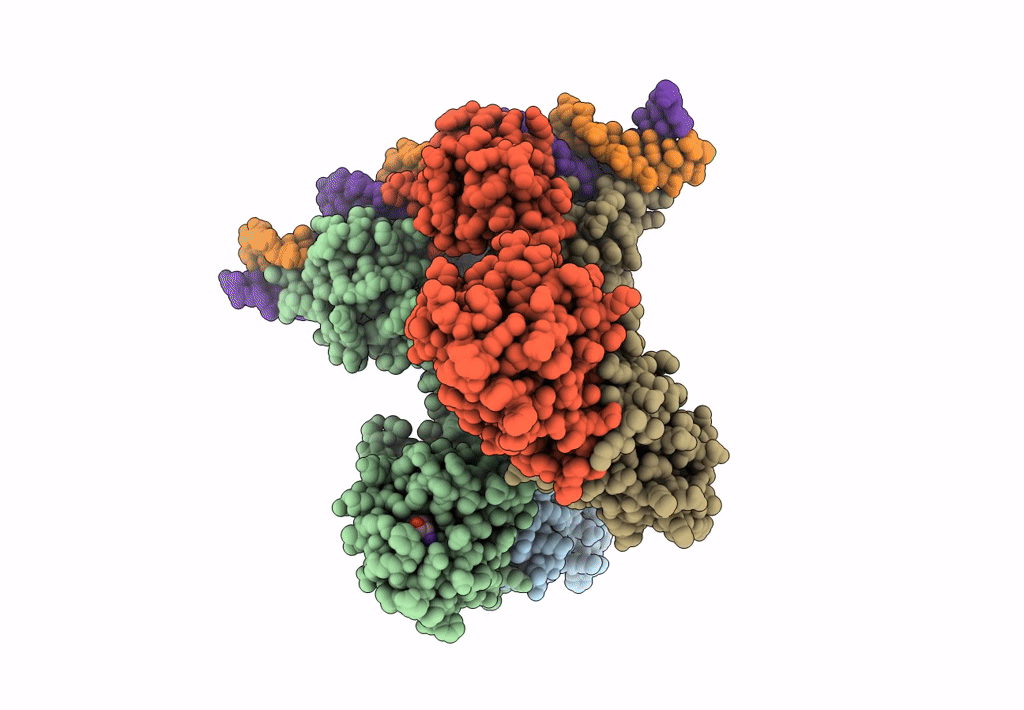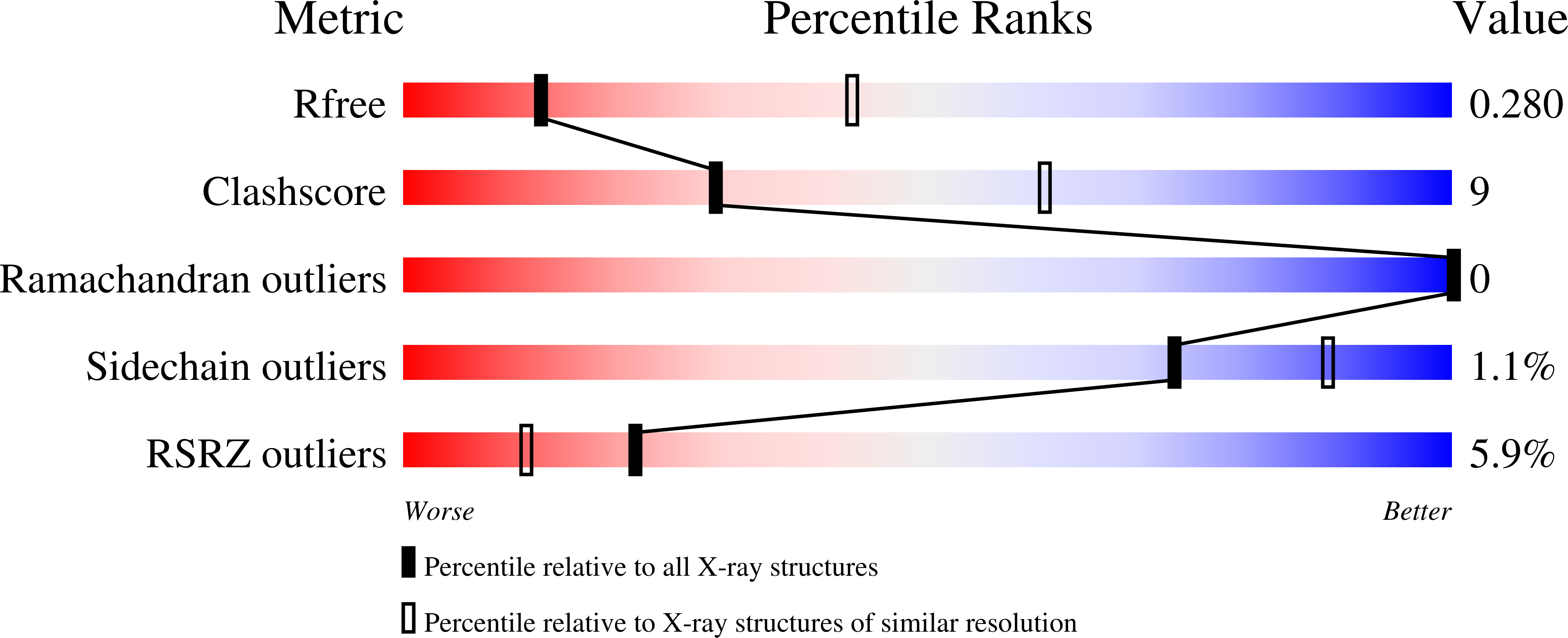
Deposition Date
2023-01-17
Release Date
2023-06-28
Last Version Date
2023-11-15
Entry Detail
PDB ID:
8C7U
Keywords:
Title:
Transcriptional pleiotropic repressor CodY from Enterococcus faecalis in complex with Leu and a 30-bp DNA fragment encompassing two overlapping binding sites
Biological Source:
Source Organism:
Enterococcus faecalis (strain ATCC 700802 / V583) (Taxon ID: 226185)
Staphylococcus aureus (Taxon ID: 1280)
Staphylococcus aureus (Taxon ID: 1280)
Host Organism:
Method Details:
Experimental Method:
Resolution:
3.15 Å
R-Value Free:
0.28
R-Value Work:
0.24
R-Value Observed:
0.24
Space Group:
P 21 21 21


